When it comes to strong, compelling female leads in film, the 2018 film Tomb Raider has one of the best that I’ve seen in a while. Directed by Norwegian director Roar Uthaug and starring Alicia Vikander as Lara Croft, this film is a reboot of Simon West’s Lara Croft: Tomb Raider (2001) starring Angelina Jolie. The original film is based off of the video game Tomb Raider that was first released by British gaming company Core Design in 1996. Vikander brings an intensity and vibrance to the role that makes her a great choice for the kick-butt protagonist Lara Croft.
This arc that her character takes highlights the fact that there shouldn’t need to be a distinction between action heroes and female action heroes. Lara goes through the same difficulties that Indiana Jones (Harrison Ford)( Indiana Jones: Raiders of the Lost Ark, 1981) or Ben Gates (Nicolas Cage) (National Treasure, 2004) such as tensions with her father and being betrayed by those she trusts. Like these men, she is smart and resourceful as well as attractive. There are a couple shots of Lu Ren gazing at her on the boat, as well as a boy at a restaurant she delivers for in the beginning having a crush on her. It is a realistic sort of attractiveness, not the provocative, sexualized female warrior that women in this role are often portrayed as.
The shift in her character comes when she finds clues to what happened to her father. Through flashbacks of her memories of him and conversations with other people we learn that she is directionless after losing him. She is educated but working as a bike courier and she has distanced herself from her father’s world of “boardrooms and business deals” saying that “I’m not that kind of Croft”. She is in a meeting with her lawyer to sign the document declaring her father is dead when she finds a key hidden inside one of his Japanese puzzle boxes. She runs out of the shiny, modern conference room to go to her family’s crypt. This scene marks the turning point she has as she decides to stop running from the past, but find out it’s secrets.
Just as the world of action films is mostly populated by men, Lara finds herself the only female among a crowd of men hunting for the tomb. She is following after her father in his quest for the mystic. After she embarks on her adventure she is surrounded only by men. Her character grows as she holds her own in this situation, escaping from Vogal, figuring out puzzles and performing daring stunts with determination. This film is an adventure that firmly plants Vickander’s Lara Croft among the ranks of Hollywood’s action heroes.
Works Cited:
Cohen, Jess. “Every Workout Alicia Vikander Did to Prepare for Tomb Raider”. E!News. Entertainment Television, 27 Feb. 2018. Web. April 2020.


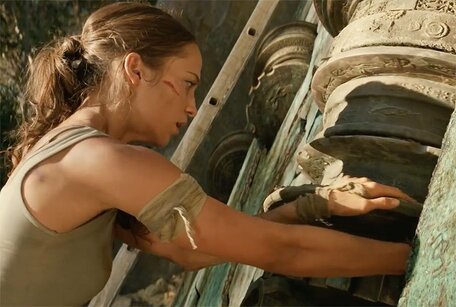

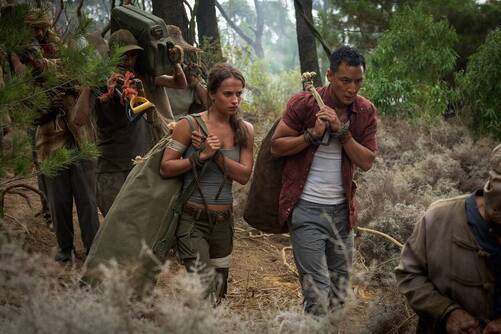
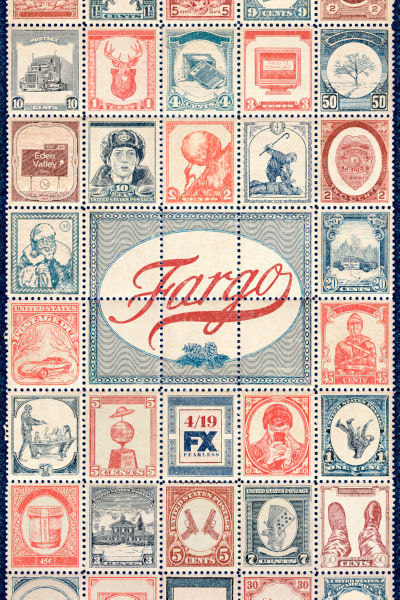
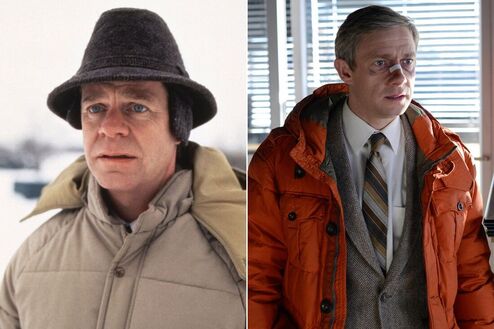
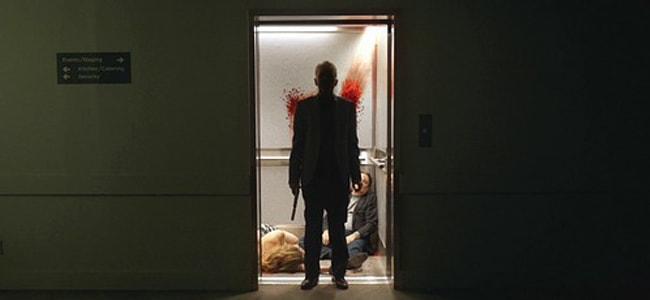
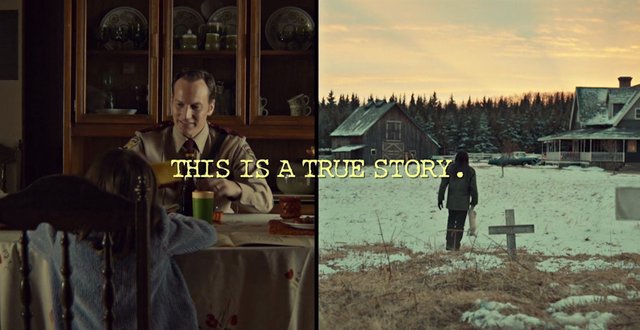
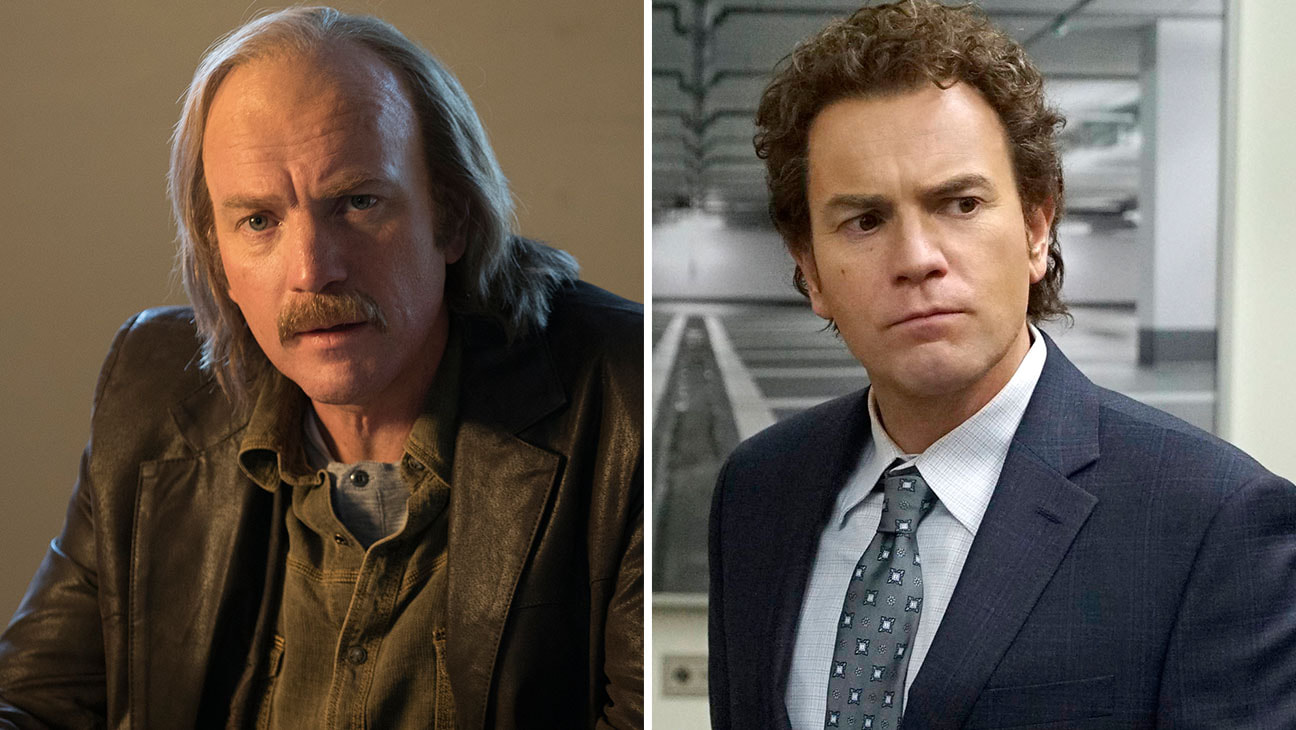
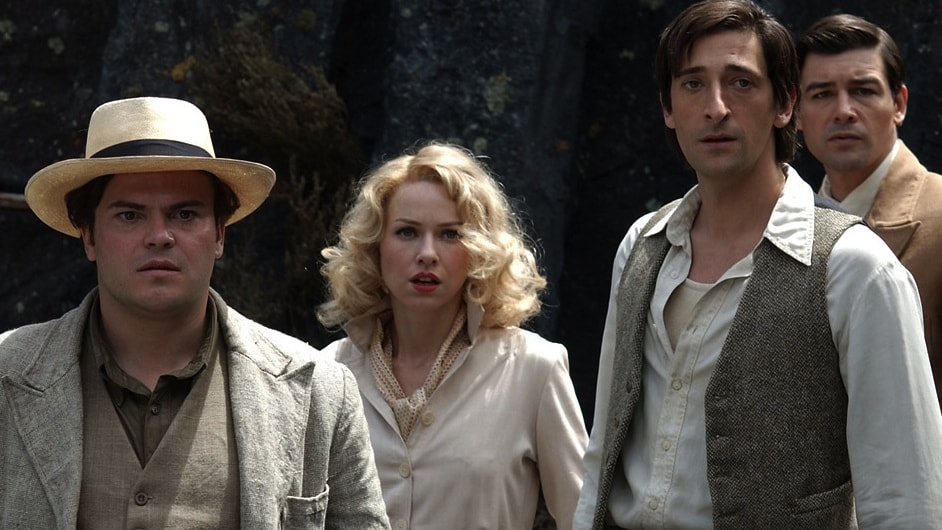
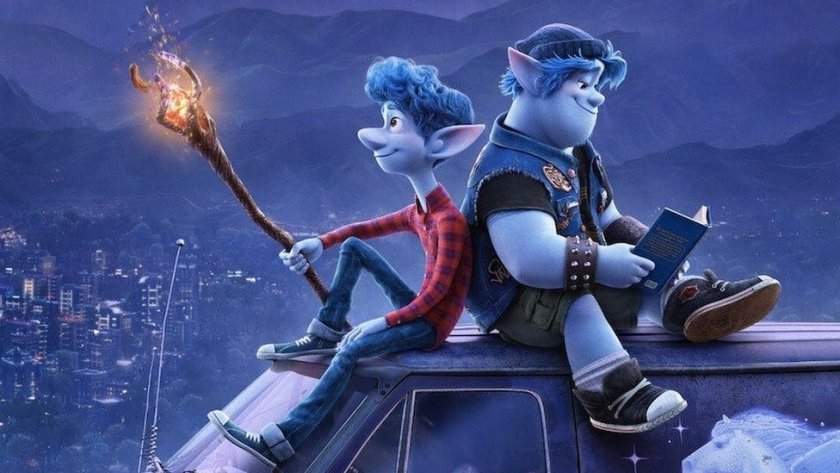
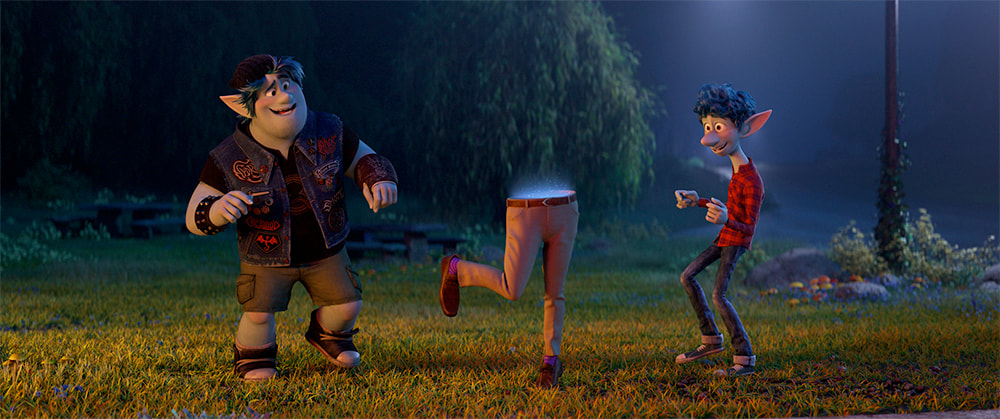
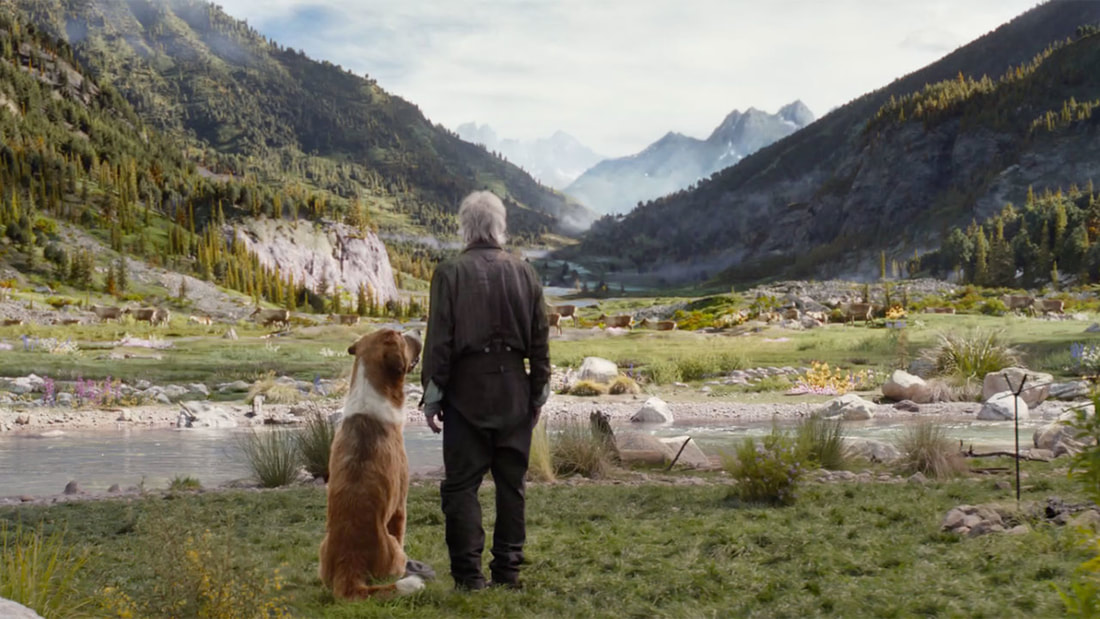
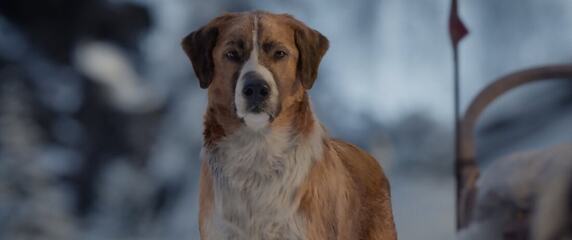
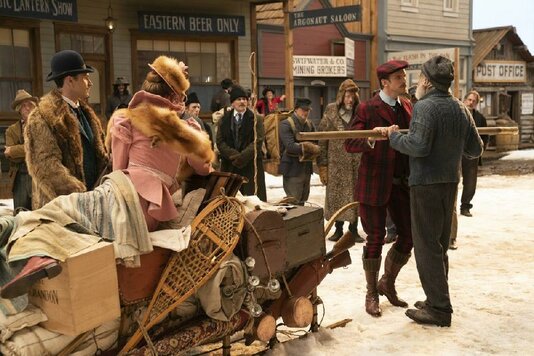
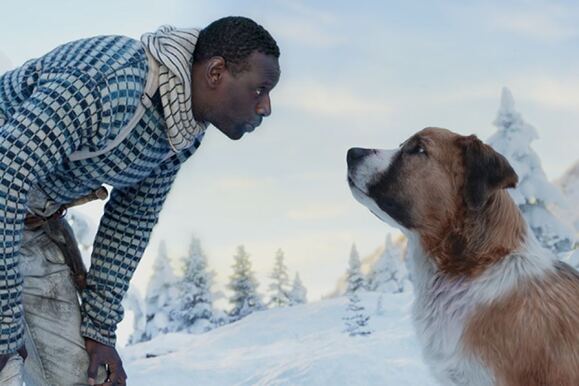
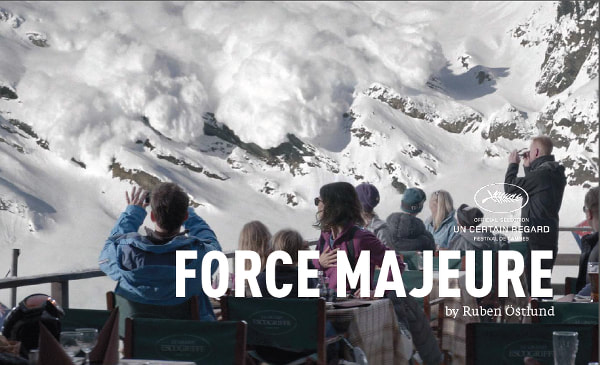
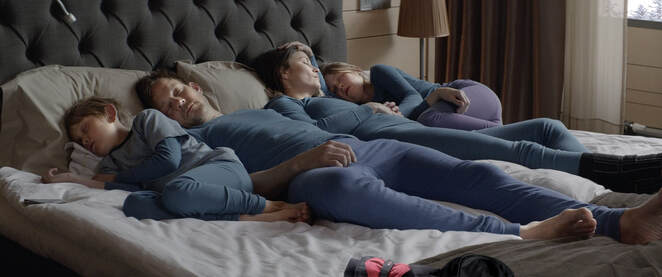
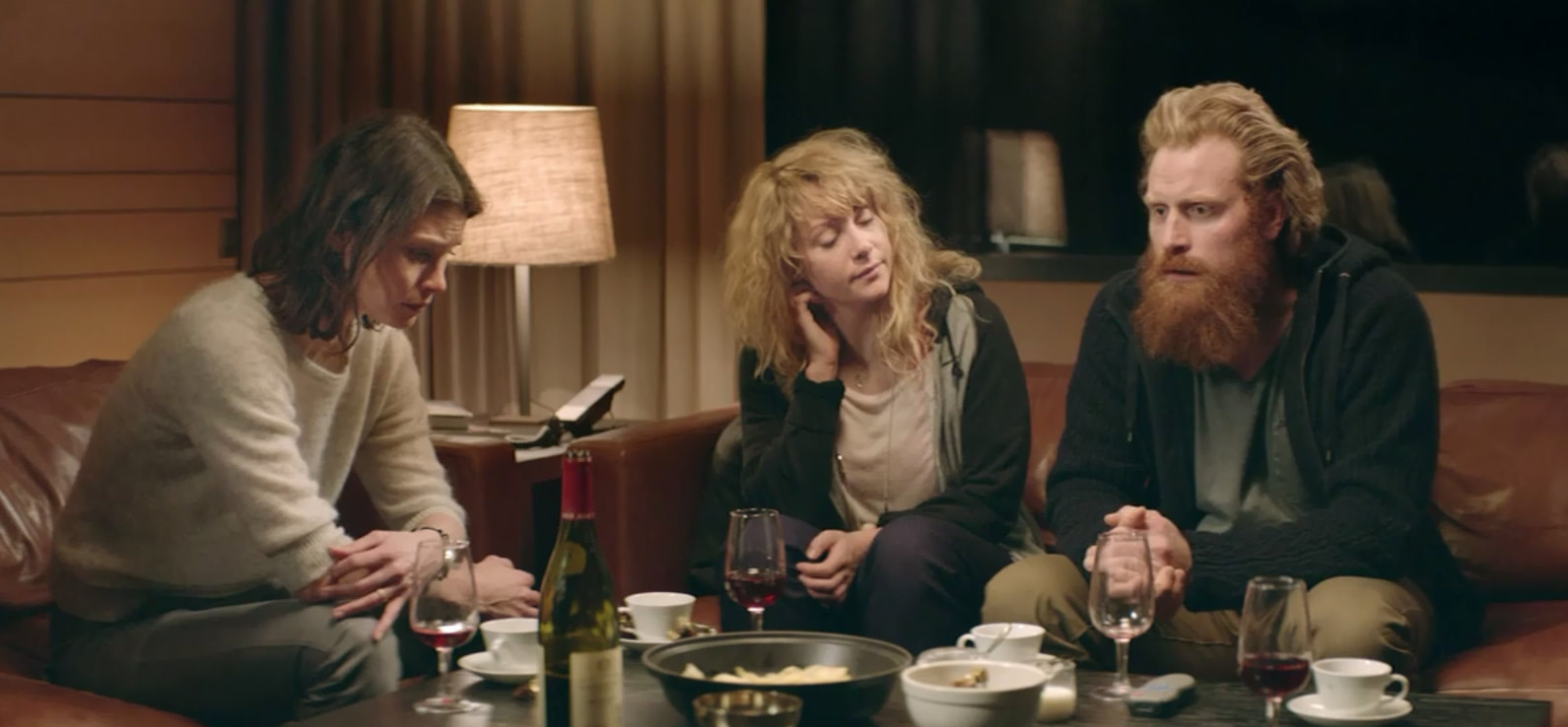
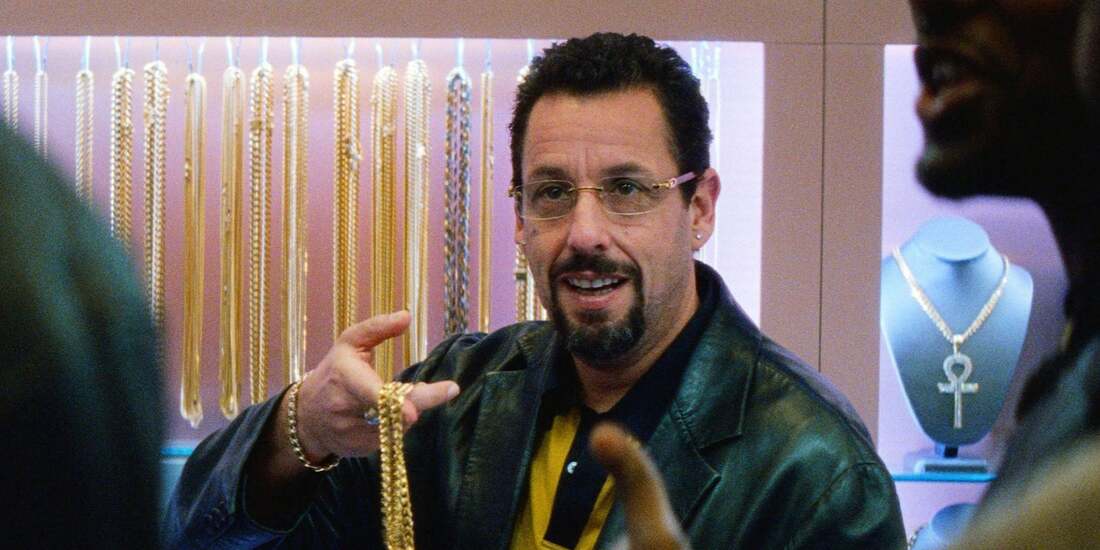
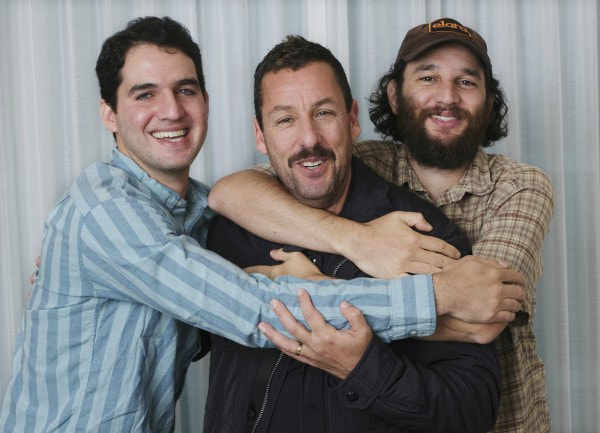
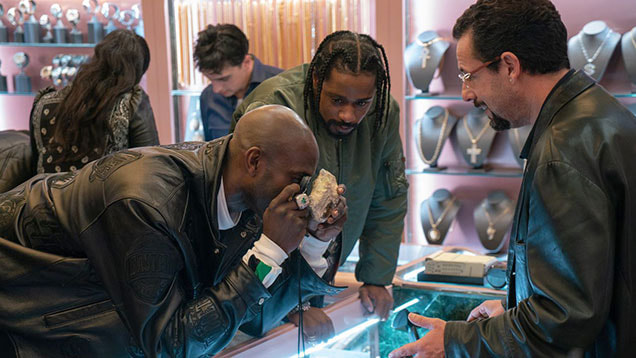
 RSS Feed
RSS Feed
